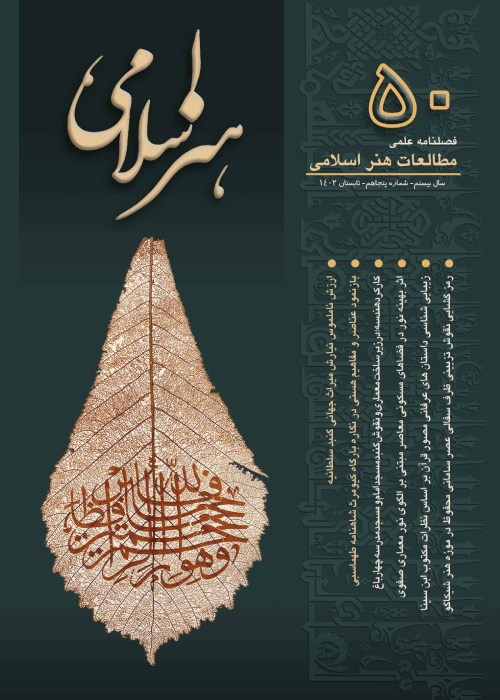The Religious Policies of the Sassanid Sovereigns and its Reflection on the Stone Reliefs of Persepolis
Religion had its peaks and valleys during the Sassanid period from its foundation to extinction; which lasted more than four centuries. The role of Ardeshir Babakan, the founder of the Sassanid dynasty is prominent. Through interaction with Zoroastrian clerics, Babakan used their fire temples and agents as a political tool and a key factor in consolidating the foundations of his government. After Ardeshir's death, his successors continued this method. During the reign of Bahram, I (271 AD), Carter, an influential Zoroastrian cleric, was able to make Zoroastrianism the official religion of the country. Also, the cultural view of the kings, according to which the legitimacy of the monarchy was justified, was of great importance as a strong religious concept for the Sassanid kings and Ardeshir himself. Meanwhile, Tensor's letter and Cartier's works played the most important role in the formalization of Zoroastrianism during the Sassanid period. Persepolis was also considered as a ritual center and as a symbol of the glory of the Achaemenid Empire, where the uprising of Iranian families, particularly the Sassanids, took place. The reflection of the religious policies of the Sassanid period in parts of Persepolis such as Tachara Palace, Naghsh-e Rostam, Naghsh-e Rajab and the Kaaba of Zoroaster in the form of embossed stone and inscription is clearly visible. The method used in this research is descriptive-analytical and the researcher has used library method to study the religious policies of the Sassanid period and its reflection in the Persepolis complex.
Research objectives:
1. To study the process of formalization of Zoroastrian religion in the Sassanid period. 2. To study the reflection of the connection between political and religious factors in the Sassanid period in the relief stones of Persepolis.
Research questions:
1. What are the contexts and grounds for the formalization of religion in the Sassanid period and the factors affecting it? 2 How are the religious policies of the Sassanid period reflected in the reliefs of Persepolis?
- حق عضویت دریافتی صرف حمایت از نشریات عضو و نگهداری، تکمیل و توسعه مگیران میشود.
- پرداخت حق اشتراک و دانلود مقالات اجازه بازنشر آن در سایر رسانههای چاپی و دیجیتال را به کاربر نمیدهد.


